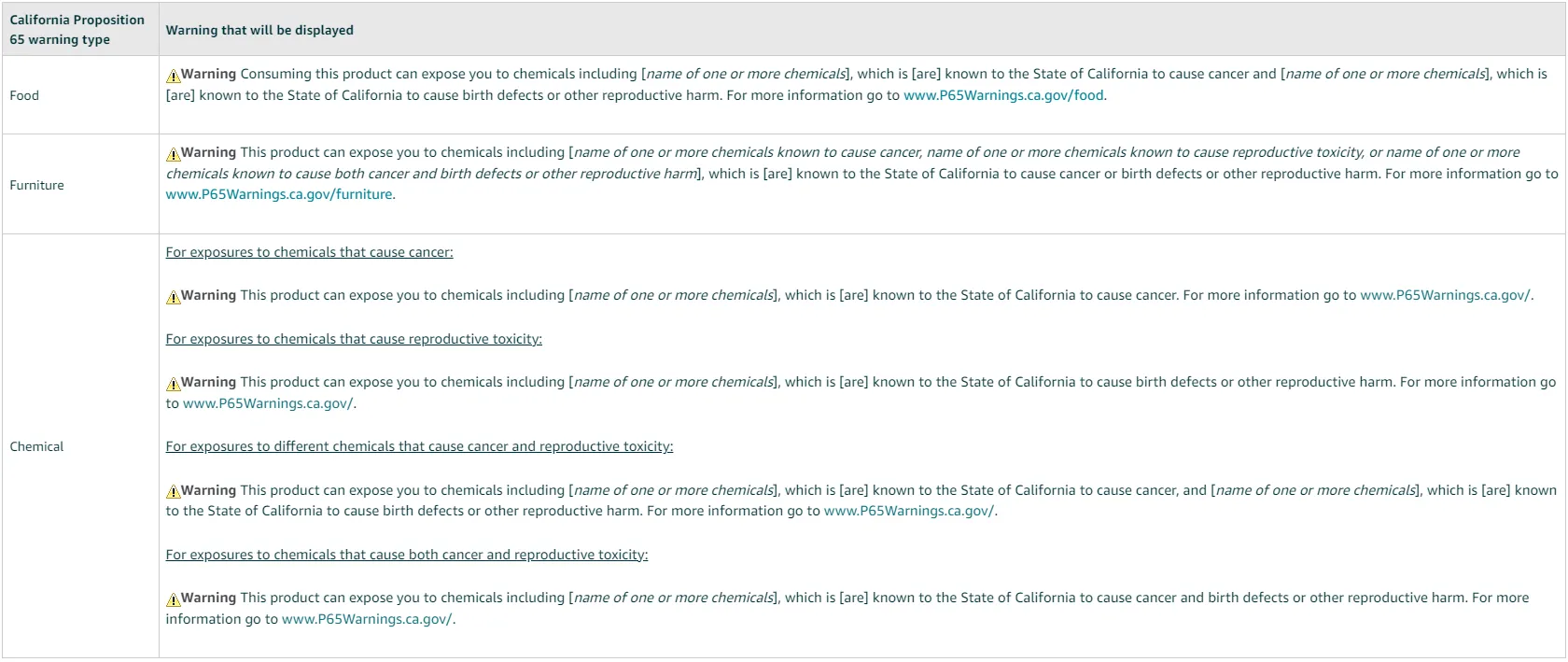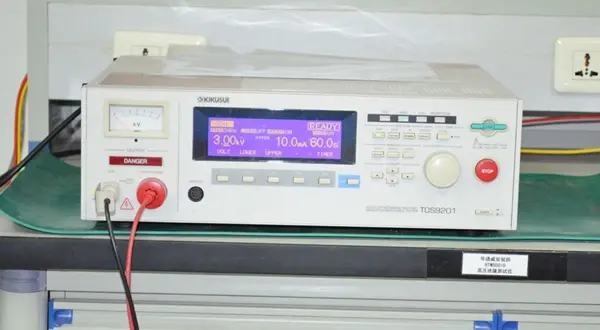
EU USA Safety Food Contact Test Report
Europe is one of the key export regions for China's tableware, kitchen utensils, and small kitchen appliances. However, the legislation governing food contact materials (FCMs) in Europe is complex and frequently enforced. If non-compliant products are discoveRED, they may be detained, returned, or even destroyed.

The Framework RegULation (EC) No. 1935/2004 outlines the general and fundamental requirements for FCMs in the EU. It serves as a common guideline that all EU member states must follow. More specific requirements for different materials are governed by corresponding regulations and directives, such as EU 10/2011 for plastics and Directives 84/500/EEC and 2005/31/EC for ceraMICs.
In addition to EU-wide requirements, some member states have implemented additional national regulations. Examples include:
- Germany: LFGB Sections 30 & 31
- France: Décret No. 2007-766
- Italy: Ministerial Decree DM 21/03/1973
Services Offered
I. Applicable Product Categories
- Tableware: Knives, forks, bowls, chopsticks, spoons, cups, plates, etc.
- Cookware: Pots, spatulas, cutting boards, stainless steel kitchen utensils, etc.
- Food Packaging Containers: Various food packaging bags, containers for beverages and foods, etc.
- Kitchen Appliances: Coffee machines, juicers, blenders, electric kettles, rice cookers, ovens, microwaves, etc.
II. Sample Quantity Requirements (General Reference)
Required sample amounts vary by product type. Please consult JJR LAB online customer service for details.
Typical reference quantities:
- Plastic: 2000 cm²
- Metal (e.g., stainless steel): 100 cm²
- Flat ceramics (e.g., plates): 100 cm²
- Ceramic containers: 2 pieces
- Glass/enamel: Same as ceramics
- Paper: 1800 cm² + 100g
- Coated materials: 1500 cm²
- Silicone/rubber: 1000 cm²
III. EU Standards
Framework Regulation:
- (EC) No. 1935/2004
Material-Specific Standards:
- Plastics: EU 10/2011; EU 2016/1416; EU 2017/752; EU 2020/1245
- Ceramics: 84/500/EEC; 2005/31/EC
- Coatings: AP(2004)1
- Cork: AP(2004)2
- Rubber: AP(2004)4; 93/11/EEC
- Silicon Rubber: AP(2004)5
- Paper and Board: AP(2002)1
- Metals and Alloys: CM/Res(2013)9
- Epoxy Derivatives: (EC) No. 1895/2005
- Colorants: AP(89)1
National Requirements:
- Germany: LFGB Chapter 30 & 31, BfR Recommendations
- France: Décret No. 2007-766, DGCCRF Notices
- Italy: Ministerial Decree DM 21/03/1973
USA Standards:
- FDA 21 CFR 174–189, CPG Sec. 545.400 & 545.450, etc.
IV. Common Test Items
- Overall migration
- Specific migration of heavy metals
- Primary aromatic amines (PAAs)
- BISphenol A (BPA)
- Formaldehyde
- Melamine
- Epoxy derivatives (BADGE/BFDGE/NOGE)
---
Frequently Asked Questions
1. How long does the testing process take?
The duration depends heavily on the test conditions (e.g., immersion parameters). Please consult JJR LAB online customer service for precise timelines.
Examples:
- 40°C for 10 days (single immersion): Approx. 12 working days
- 70°C for 2 hours (single immersion): Approx. 5 working days
2. Can granules or powders be tested?
Unfortunately, no. Most European standards require testing by surface area, which is not feasible with powders, granules, or liquids. Plastic granules must be molded into sheets or panels before testing.
Please contact JJR LAB for case-specific advice.
Email:hello@jjrlab.com
Write your message here and send it to us
 What Are the Battery Compliance Test Reports?
What Are the Battery Compliance Test Reports?
 Christmas Children’s Products EU & US Complian
Christmas Children’s Products EU & US Complian
 Food Packaging Material Testing
Food Packaging Material Testing
 Cosmetic Product Safety Report
Cosmetic Product Safety Report
 What is Prop 65 Warning?
What is Prop 65 Warning?
 Does RoHS Apply to Packaging?
Does RoHS Apply to Packaging?
 How to Get RoHS Compliance?
How to Get RoHS Compliance?
 How to get EN 62368-1 Test Report
How to get EN 62368-1 Test Report
Leave us a message
24-hour online customer service at any time to respond, so that you worry!




